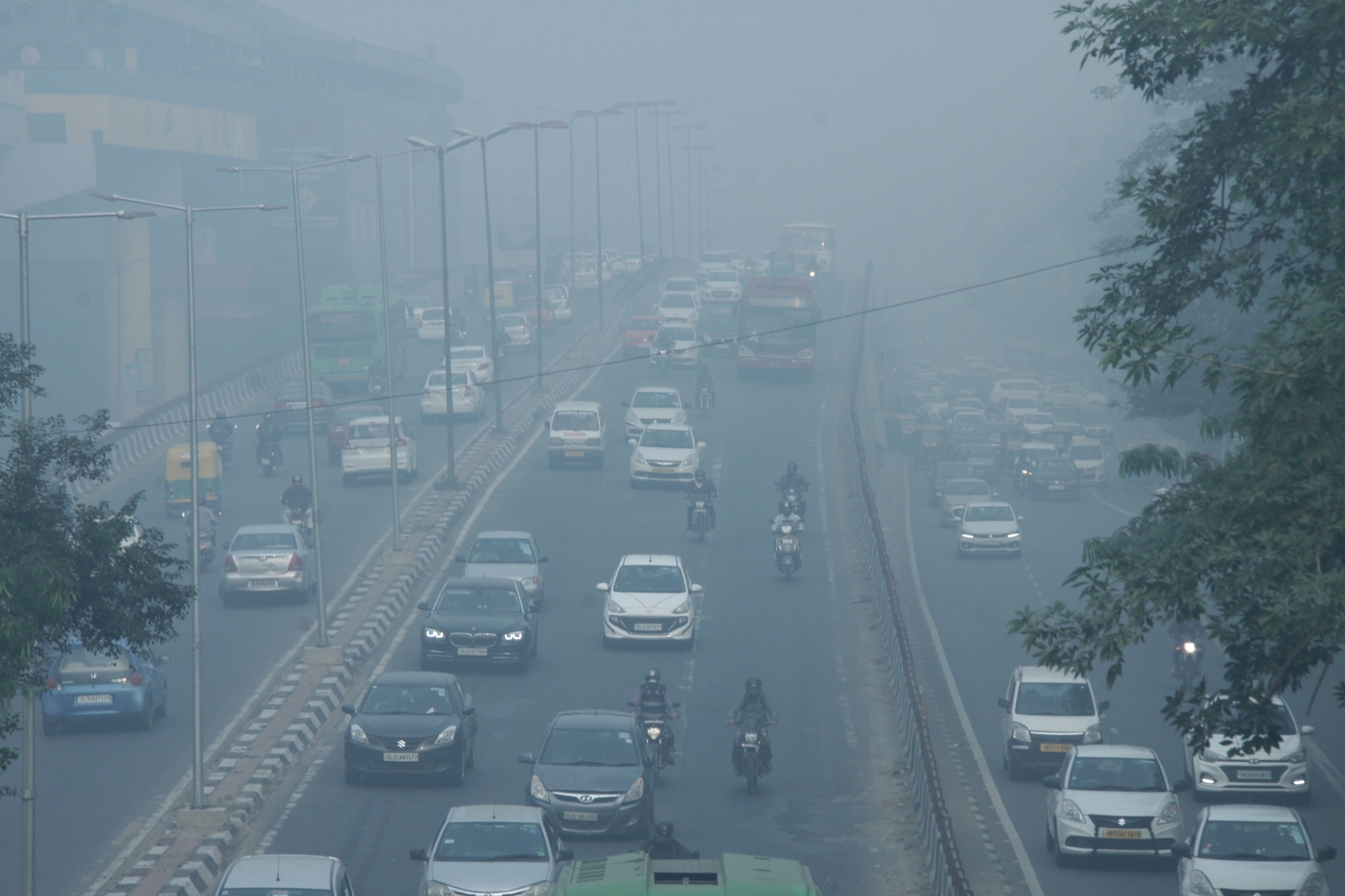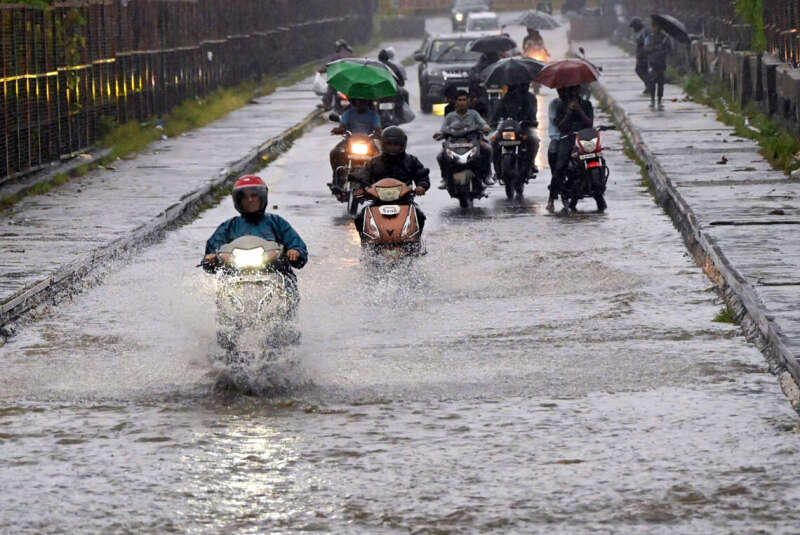Women use more diverse modes of travel and generate lower greenhouse gas than men, despite men being more than twice as likely to travel by bike, say researchers.
For the findings, published in the Journal of Transport & Health, the research team studied the transport patterns of almost 50,000 people between 2002 and 2014 based on data from the New Zealand Household Travel Survey.
According to the researchers, while both men and women mostly travelled by car, there were distinct patterns of travel linked to gender.
Fewer women regularly cycled (two per cent) compared to men (five per cent) but women travelled shorter distances, they said.

“Women took more trips, but travelled between 12 and 17 per cent fewer kilometres per day and were more likely to walk and use public transport than men,” said study lead researcher Caroline Shaw from the University of Otago, Wellington in New Zealand.
“Thus, women overall had a more diverse and lower greenhouse gas emission travel profile than men,” Shaw added.
The findings showed that women also undertook more car trips of less than five kilometres each day than men, journeys that could potentially be done by bike.
The research focused on Kiwis who cycled for utility or transport reasons. The most common reasons for travel were to accompany others, go shopping or make social visits.
In general, men took fewer trips for the purpose of accompanying others and made fewer shopping trips.
“We found differences in mode for trips for the same purpose by gender. For example, shopping trips undertaken by men in New Zealand are much more likely to be done using a car than those by women,” Shaw said.
“Women are already more flexible and lower carbon travellers than men. We need to provide them with better opportunities and support to do more of this type of travel,” Shaw stressed.
The research shows that specific changes in cycling infrastructure are needed to encourage women to cycle more on routes between their homes and the shops and to travel safely in the company of others.









